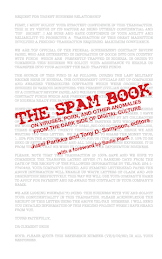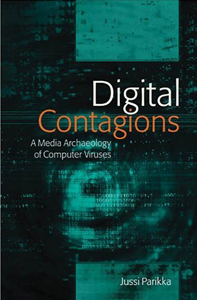I am not sure whether it will work as an introduction per se; it does offer good contextualisation to certain key concepts through an eye on the concrete contexts where the concepts emerged. That's why the chapter on La Borde was useful, and the explanation of Guattari's involvement in the youth hostel movement etc. The concept of transversality becomes clear at least, and its usefulness underline: I love the concrete, situated edge the concept has.
Then the individual, "like a transit station for changes, crossings, and switches." Genosko well points towards the usability of the machinic ontology/ecology.
Most importantly, Genosko's book offers tool for "new materialist cultural analysis", an ongoing project of mine (and Milla's), especially in terms of a-signifying semiotics and the notion of part-signs. I love the examples that point towards the multilayered ecological ontology of contemporary culture of software -- from the concrete relays of software connected to the abstract relations of capitalism, exemplified through the plastic cards/magnetic stripes. Indeed, in such a situation, hermeneutic tools for cultural analysis fail short, as "there isn't any room for interpretation in the strings of numbers and characters on a typical magnetic stripe". Genosko continues who the magnetic stripes and a-signifying signs are not to be understood through any meanings they might have (they don't) but they "operationalize local powers" (95).
In terms of aesthetics and new materialism, Genosko refers to part-signs and a-signifying fragments; colours, non-phonic sounds, rhythms, faciality traits -- something that in Deleuzian circles has gone under the umbrella of intensities. What is interesting them in terms of new materialism is that the notion allows a certain autonomy of the intense materiality; they are much "more" than the traditional notions of ideology would assume and represent the beyond-norm, or beyond-code which still causes a lot of grey hair to old-school cultural studies approaches (representation analysis, etc.).








No comments:
Post a Comment